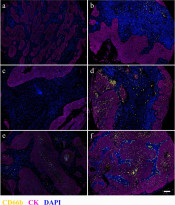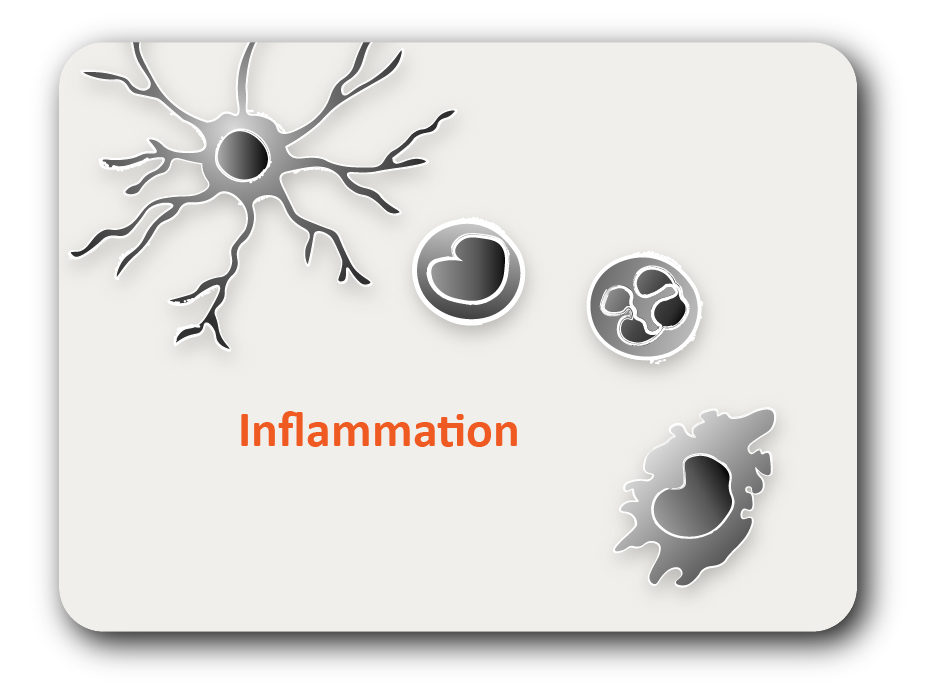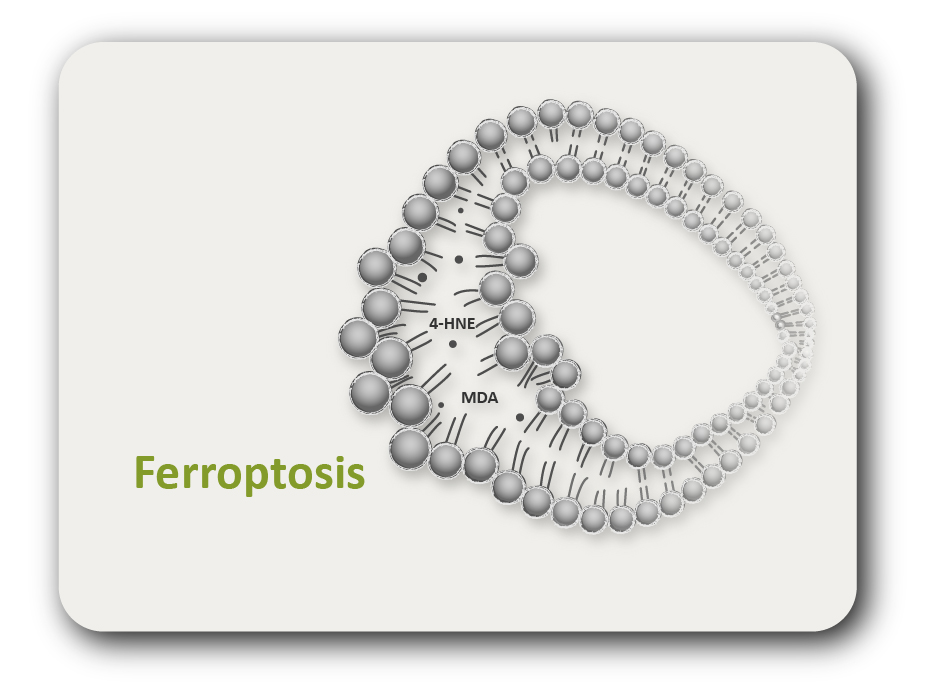ARG65820
anti-CD66b antibody [B13.9]
anti-CD66b antibody [B13.9] for Flow cytometry,ICC/IF,IHC-Formalin-fixed paraffin-embedded sections and Human
概述
| 产品描述 | Mouse Monoclonal antibody [B13.9] recognizes CD66b |
|---|---|
| 反应物种 | Hu |
| 应用 | FACS, ICC/IF, IHC-P |
| 特异性 | The monoclonal antibody reacts with 100% of mature human granulocytes. The monoclonal antibody does not react with normal human peripheral B-cells, T-cells, monocytes and platelets. |
| 宿主 | Mouse |
| 克隆 | Monoclonal |
| 克隆号 | B13.9 |
| 同位型 | IgG1 |
| 靶点名称 | CD66b |
| 抗原物种 | Human |
| 抗原 | Human granulocytes |
| 偶联标记 | Un-conjugated |
| 別名 | CD67; NCA-95; CD67 antigen; CGM6; CD66b; Carcinoembryonic antigen-related cell adhesion molecule 8; Carcinoembryonic antigen CGM6; Non-specific cross-reacting antigen NCA-95; CD antigen CD66b |
应用说明
| 应用建议 |
|
||||||||
|---|---|---|---|---|---|---|---|---|---|
| 应用说明 | * The dilutions indicate recommended starting dilutions and the optimal dilutions or concentrations should be determined by the scientist. |
属性
| 形式 | Liquid |
|---|---|
| 纯化 | Purified by ammonium sulfate precipitation through ion exchange chromatography. |
| 缓冲液 | PBS (pH 7.4) and 15 mM Sodium azide. |
| 抗菌剂 | 15 mM Sodium azide |
| 浓度 | 1 mg/ml |
| 存放说明 | For continuous use, store undiluted antibody at 2-8°C for up to a week. For long-term storage, aliquot and store at -20°C or below. Storage in frost free freezers is not recommended. Avoid repeated freeze/thaw cycles. Suggest spin the vial prior to opening. The antibody solution should be gently mixed before use. |
| 注意事项 | For laboratory research only, not for drug, diagnostic or other use. |
生物信息
| 数据库连接 |
Swiss-port # P31997 Human Carcinoembryonic antigen-related cell adhesion molecule 8 |
|---|---|
| 基因名称 | CEACAM8 |
| 全名 | carcinoembryonic antigen-related cell adhesion molecule 8 |
| 预测分子量 | 38 kDa |
检测图片 (1) Click the Picture to Zoom In
-
ARG65820 anti-CD66b antibody [B13.9] IHC-P image
Immunohistochemistry: Cervical cancer stromal (A, B), tumor nest (C, D), and whole tissues (E, F) stained with ARG65820 anti-CD66b antibody [B13.9].
From Bin Yan et al. Front Oncol (2021), doi: 10.3389/fonc.2021.659445, Fig. 1.








